I just came across a quote from Alan Kay while browsing the web. Alan Kay is a programmer, educator, jazz musician and one of the key inventors of computing as we know it today. He received the A. M. Turning award (informally known as the Nobel Prize of Computing) and his citation read:
For pioneering many of the ideas at the root of contemporary object-oriented programming languages, leading the team that developed Smalltalk, and for fundamental contributions to personal computing.
Here is the quote that captured my attention. (Here is the original video from where this quote is taken.)
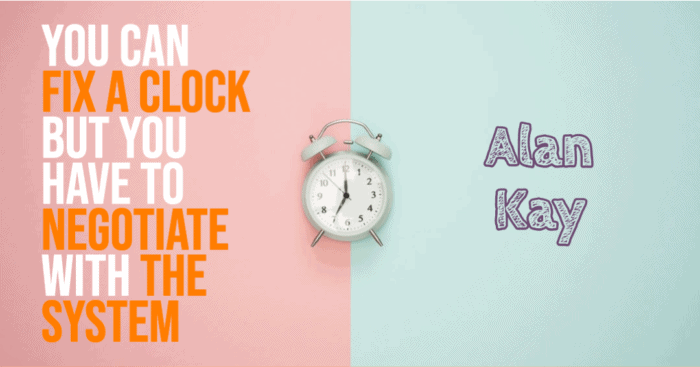
Before I dig into what this quote means to me, let me add that, as it happens, one of my favorite quotes of all time is from Alan Kay as well.
As with most media from which things are built, whether the thing is a cathedral, a bacterium, a sonnet, a figure or a word processor, architecture dominates material. To understand clay is not to understand the pot. What a pot is all about can be appreciated better by understanding the creators and users of the pot and their need both to inform the material with their meaning and to abstract meaning from the form ~ Alan Kay
Below is a design I created a year (or more) ago, with this quote, as part of my LanguageArt series.
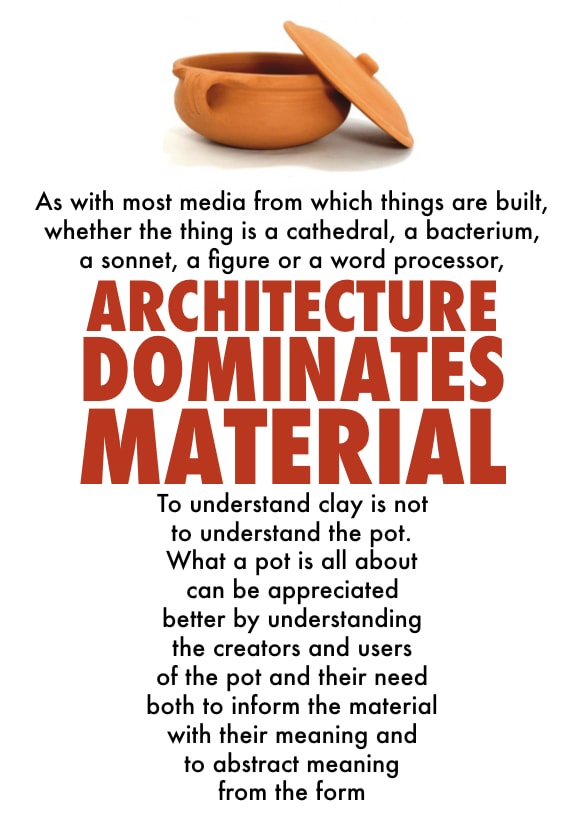
But this new quote spoke to me in a different way—something relevant to our discussions of the spaces for design in education.
As I have said elsewhere, everything in education is designed (one can argue whether this is intentional or not or whether the outcomes are the ones we want/like) but the broader point is that there is nothing “natural” about the systems of education we have around us. They are constructed by us, by humans. Whether the idea of the curriculum or seat-time, learning metrics or the idea of problem-based learning, or the idea of school, these are all human creations, structures adapted for some purpose (to quote Perkins and his definition of design).
That said, there is something fundamentally different about designing a textbook v.s. a chair; or designing a school v.s. designing an instructional plan. The differences have as much to do with the scale and the complexity of the tasks as it has to do with human psychology i.e. people’s desires and needs. That is not all. Everything we do in education works within broader organizational, policy and information structures that constrain and guide what we can do, and the complex feedback loops that can emerge from the inherent complexity (wickedness) of the enterprise.

What this means is that designers have to function differently depending on the “space” they are working within. We have argued that (broadly) it may be productive to think of five spaces for the design in education: artifacts, processes, experiences, systems and culture. Moreover, working within these spaces requires different tools, elements, practices, knowledge and judgement that we as designers need to bring to the task.
And this is what the quote by Alan Kay captures in a nice crisp manner.
You can fix a clock but you have to negotiate with the system ~ Alan Kay
If an artifact is broken you can fix it. But even though we know that teenagers are not getting enough sleep, moving the school start-time back is not as easy. Talking of it as “fixing” misses the point. There are too many factors (bus and sports schedules, parents work timings etc. etc.) that the only way forward is negotiation.
This is the classic “wicked problem” dilemma—one that design can work on but it is not one that design can “fix.” And what Kay’s quote captures is this difference.
In brief, it is easier to fix an artifact but it is harder to fix a system. You have to negotiate with it and that requires a whole new set of the tools, elements, practices, knowledge and judgement we have to bring to the task, what we have called the “disciplinary aspects of design.”
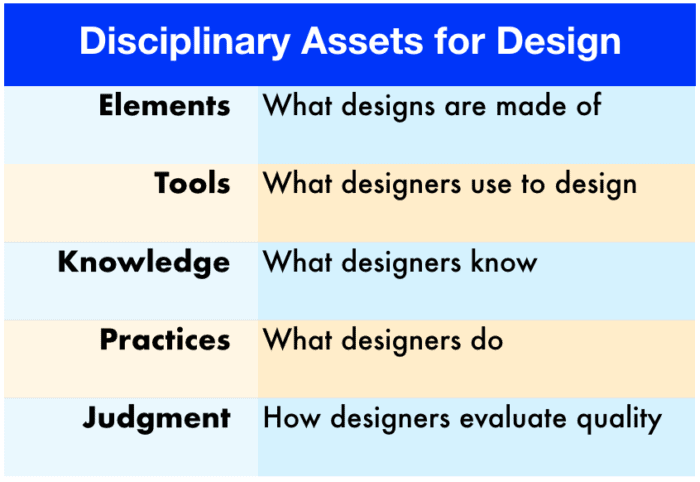

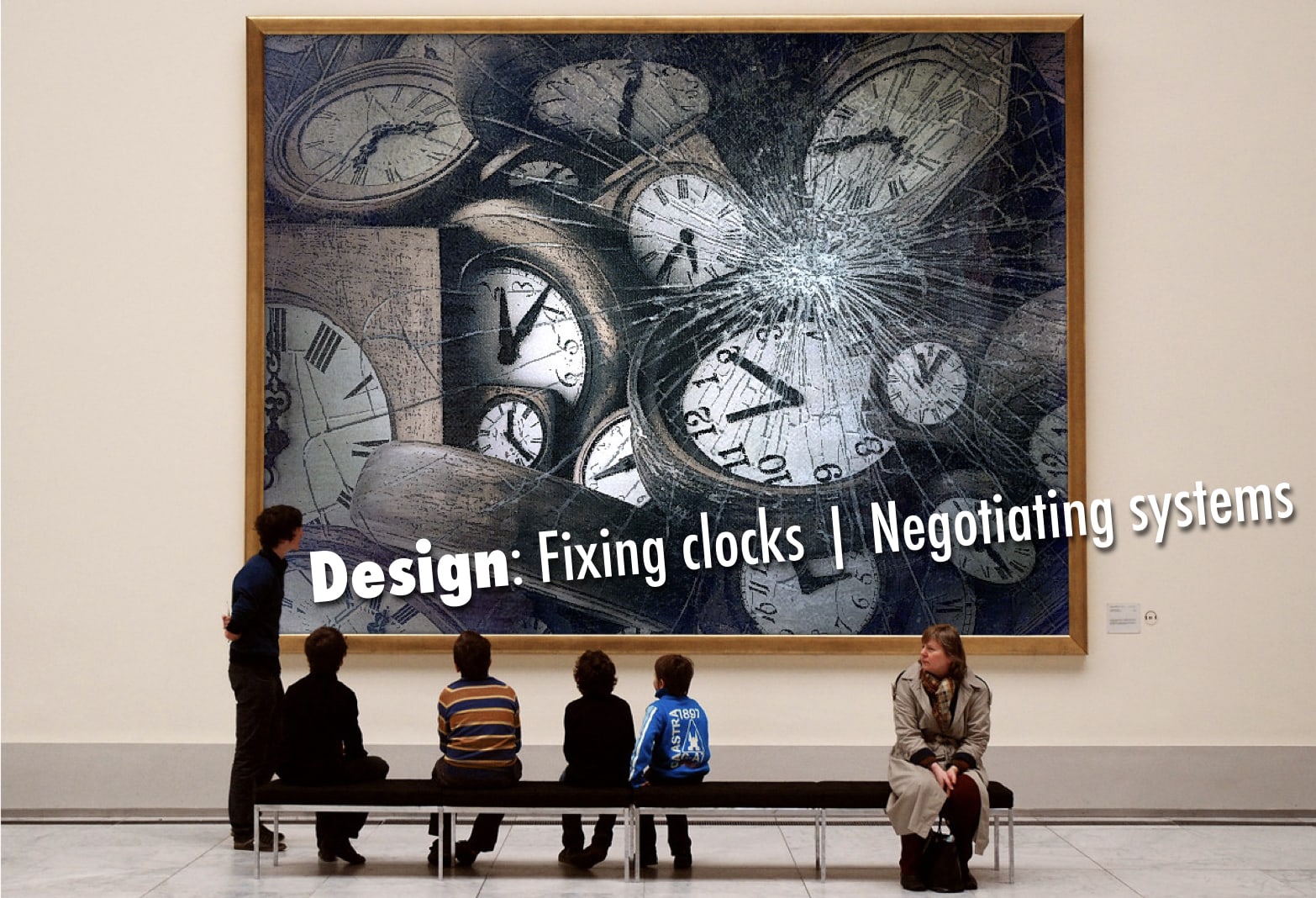


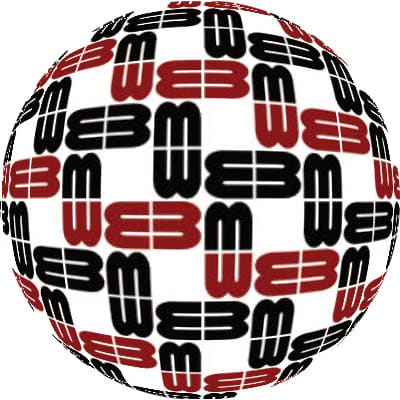

0 Comments
Trackbacks/Pingbacks